We don’t just market — We embed, fix, and scale.
At Stakque, we go beyond typical digital agencies. Our elite squad works shoulder-to-shoulder with your leadership team — diagnosing growth blockers, aligning communication, and steering strategy in real-time. From high-impact SEO and automation to full-funnel performance marketing, we help you grow 10x faster — not just with tools, but with clarity, speed, and action.
Revenue Generated for Clients
Clients Served




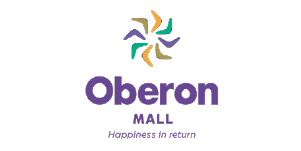

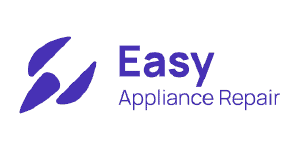
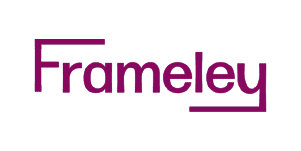
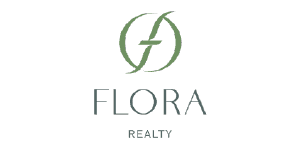

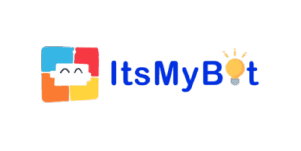
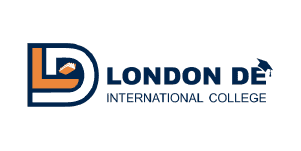









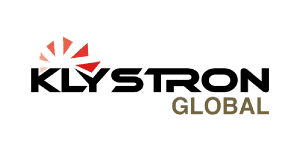



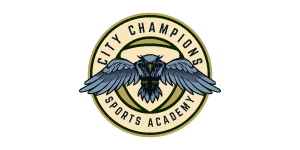

Get more leads and sales than your business can handle with powerful marketing, SEO & web.
Abdul Kalam, CEO, Vivid Metrawatt
“The Stakque team has helped us take our business to the next level. Earlier, our primary customer was Indian Railways, and we struggled to acquire new clients. After partnering with Stakque, we are consistently achieving our revenue goals—solely through SEO”
Performance Marketing
Targeted ads on Google, Meta & LinkedIn to maximize ROI. Includes audience segmentation, retargeting & conversion tracking.
Web Design & Development
Build fast, user-friendly websites optimized for performance. Custom designs, responsive layouts & seamless user experiences.
SEO & Search Visibility
Boost rankings with technical SEO, content strategies & on-page fixes. Drive organic traffic & long-term search visibility.
Marketing Automation
Automate CRM, emails & chatbots for seamless lead nurturing. Streamline processes & improve engagement with smart workflows.
Organic Social Media
Grow brand presence with content, engagement & storytelling on Instagram, LinkedIn & Twitter. Build trust & audience loyalty.
E-commerce Growth
Scale Shopify & WooCommerce brands with ads, CRO & retention strategies. Drive sales, increase conversions & boost revenue.
Ready for Real Results?
Proven Strategies for Today’s Digital Success
At Stakque, we deliver measurable growth through expert design, development, SEO, and keyword optimization. Skip the empty promises—partner with us to elevate your online presence and drive lasting success.
Comprehensive roadmap for maximum output
Build & Optimize
We create seamless, high-performance digital experiences designed to engage your audience and drive meaningful interactions.
Expand Visibility
With data-driven strategies, we enhance discoverability, ensuring your brand reaches the right people at the right time.
Drive Impact
We refine and optimize every element to maximize results, improve conversions, and create long-term value for your business.
Selected Case Studies
Discover how Stakque transforms businesses with our digital marketing expertise.
What clients said about us
Hear what our clients say about Stakque’s impact on their business through our expert SEO, web design, and marketing solutions.
Abdul Muhiz
Abdul Rahman
Ren Joy
Abdul Muhiz
Abdul Rahman
Fazih
Ren Joy
Likesh
We were struggling to get enough online visibility for our resort, but this team really helped us improve our reach. With their performance marketing and SEO efforts, we've seen a significant boost, and our average occupancy rate is now at 90%. We're grateful for their support in helping us grow.
Grow your business today
Boost your online presence with Stakque’s expert digital marketing solutions. From design and SEO to keyword optimization, we help you achieve lasting growth.